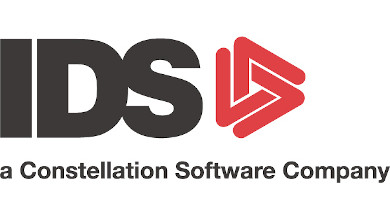5 Methods to Establish an Advertising Budget
For more than 50 years, businesses of all sizes have assigned an advertising/marketing budget to promote their services and products.
How they determine the amount to allocate will vary, depending on the industry, the management and the economy.
Let’s discuss the five methods that are used today and see where your business fits in.
Matching the Competition
Advertisers get caught in this trap because they believe to be competitive it requires matching what your competition is spending. For example, Coca-Cola will spend up to 18 percent (globally) of their gross income compared to Pepsi who will spend about 11.5 percent (globally).
Both are known as beverage companies, but Pepsi is also a major snack food producer. So, it doesn’t make sense for Coca-Cola, who is primarily a soft drink company, to match Pepsi. Each company has different marketing and sales problems and should not copy what others are spending.
Management Edict
This method can also be risky, whether you are an established business or a startup. Management determines a budget solely on what “they feel” they can afford. Usually justifying their position by seeing what competitors are spending, or what their business spent last year, or what amount of funds are remaining after other business expenses, etc.
To make things worse, a controller or accountant may advise what should be spent.
Percentage of Sales
This is established by using a percentage of gross sales (the U.S. Small Business Administration recommends 7 to 8 percent) and is popular because it’s simple and easy. Many young companies or startups use a “projected” gross sales figure to determine a percentage.
The problem: budgets are calculated without regards of the company’s objectives, goals, market trends, changes in the economy, etc.
The Task Method
This method is usually popular when a company is introducing a new product, service, or establishing a new image. Management wants to know what it will cost to meet their goals and sales objectives.
This has some validity, but only if you set a limited budget for a specific purpose, not use the “task method” to establish the overall advertising budget.
Task and Percentage of Sales
This is considered the best approach for most businesses. Although not without its issues. First, you should know what the average percent is used in your industry (the RV industry is about 3 to 5 percent).
Keep in mind, if you are a large RV manufacturer, or dealership with multiple stores, or a major supplier, your percentage will be smaller than someone half your size. Next, you need to look at your objectives and goals, the market size, increase in ad costs (such as media costs, digital marketing), how aggressive are your competitors, what share of the market do you want to achieve over the next year, etc.
The takeaway: Establishing the advertising budget isn’t an easy task.
It’s important to know what the advertising budget should include. For example, the ad budget covers media costs (digital and traditional), producing ad campaigns (TV and radio production), brochures, catalogs (printing of these items), package designs, logos, agency fees and services.
Areas such as publicity, events, trade shows (building of booths, attending shows), sponsorships, and sales aids are considered operational costs rather than advertising costs.


